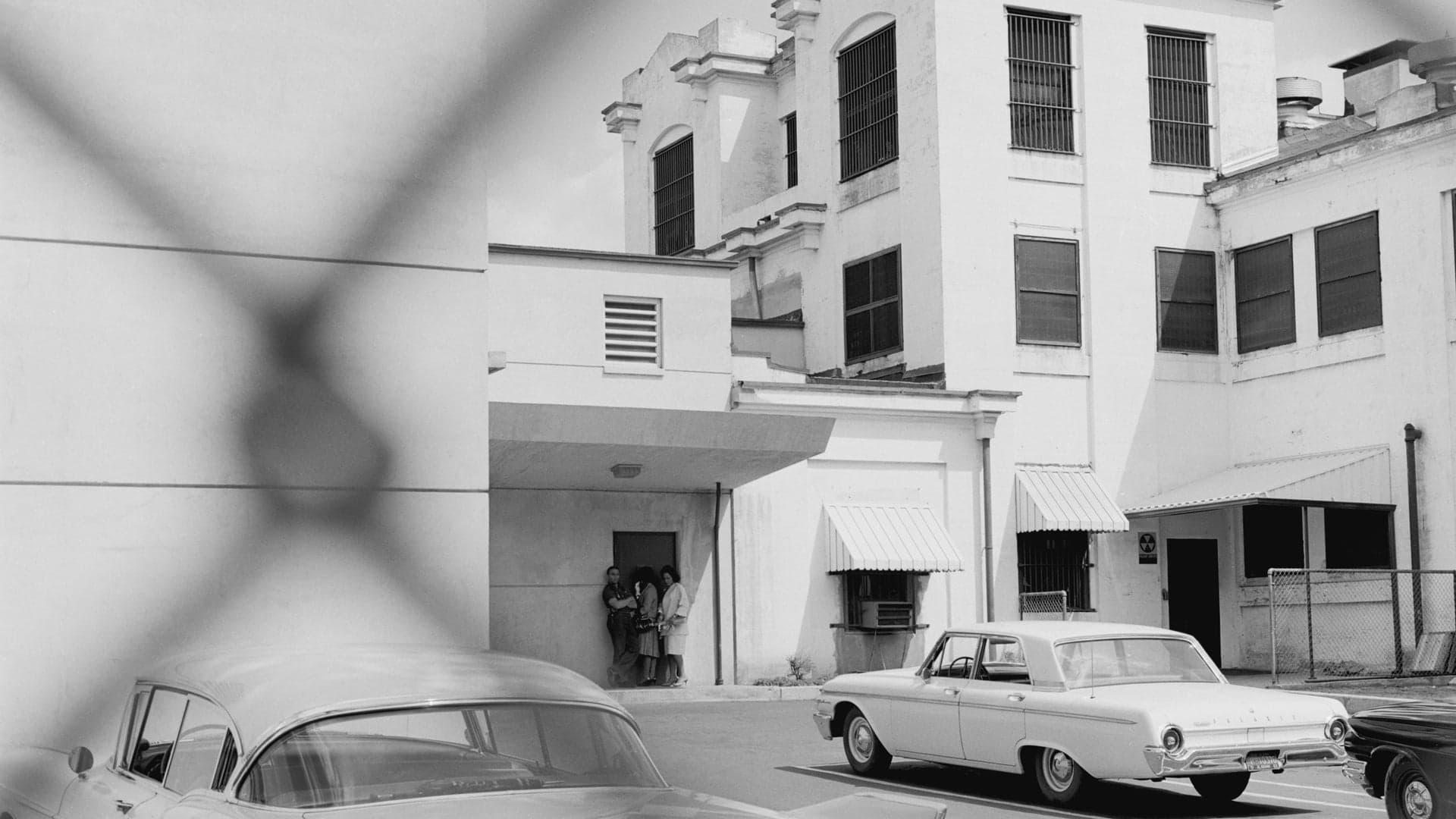On April 3, 1963, the Rev. Dr. Martin Luther King Jr., his Southern Christian Leadership Conference and their partners in the Alabama Christian Movement for Human Rights led a campaign of protests, marches and sit-ins against segregation in Birmingham, Alabama. By April 12, King was in prison along with many of his fellow activists. While imprisoned, King penned an open letter now known as his “Letter from a Birmingham Jail,” a full-throated defense of the Birmingham protest campaign that is now regarded as one of the greatest texts of the civil rights movement.
On April 12, Good Friday, King and dozens of his fellow protestors were arrested for continuing to demonstrate in the face of an injunction obtained by Commissioner of Public Safety Theophilus Eugene “Bull” Connor. Connor, who had just lost the mayoral election, remains one of the most notorious pro-segregationists in American history thanks to the brutal methods his forces employed against the Birmingham protestors that summer. The man who had won the election, Albert Boutwell, was also a segregationist, and he was one of many who accused “outsiders”—he clearly meant King—of stirring up trouble in Birmingham. As he sat in a solitary jail cell without even a mattress to sleep on, King began to pen a response to his critics on some scraps of paper.
The resulting letter was addressed to “Fellow Clergymen” who had criticized the protest campaign. King first dispensed with the idea that a preacher from Atlanta was too much of an “outsider” to confront bigotry in Birmingham, saying, “I am cognizant of the interrelatedness of all communities and states. I cannot sit idly by in Atlanta and not be concerned about what happens in Birmingham. Injustice anywhere is a threat to justice everywhere.” While stressing the importance of non-violence, he rejected the idea that his movement was acting too fast or too dramatically: “We know through painful experience that freedom is never voluntarily given by the oppressor; it must be demanded by the oppressed. Frankly, I have yet to engage in a direct action campaign that was ‘well timed’ in the view of those who have not suffered unduly from the disease of segregation.” King also advocated for violating unjust laws and urged that believers in organized religion “[break] loose from the paralyzing chains of conformity.” All told, the lengthy letter constituted a defense of nonviolent protest, a call to push the issue of civil rights, and a rallying cry for fence-sitters to join the fight, even if it meant that they, too, might end up in jail.
The worst of Connor’s brutalities came after the letter was written, but the Birmingham campaign succeeded in drawing national attention to the horrors of segregation. The United Auto Workers paid King’s $160,000 bail, and he was released from jail on April 20. Four months later, King gave his “I Have a Dream” speech at the March on Washington for Jobs and Freedom, regarded by many as the high-water mark of his movement. The following year, Congress passed the Civil Rights Act of 1964, which guaranteed voting rights to minorities and outlawed segregation and racial discrimination in all places of public accommodation.
READ MORE ABOUT MLK:
10 Things You May Not Know About Martin Luther King Jr.
For Martin Luther King Jr., Nonviolent Protest Never Meant ‘Wait and See’
The Fight for Martin Luther King Jr. Day

